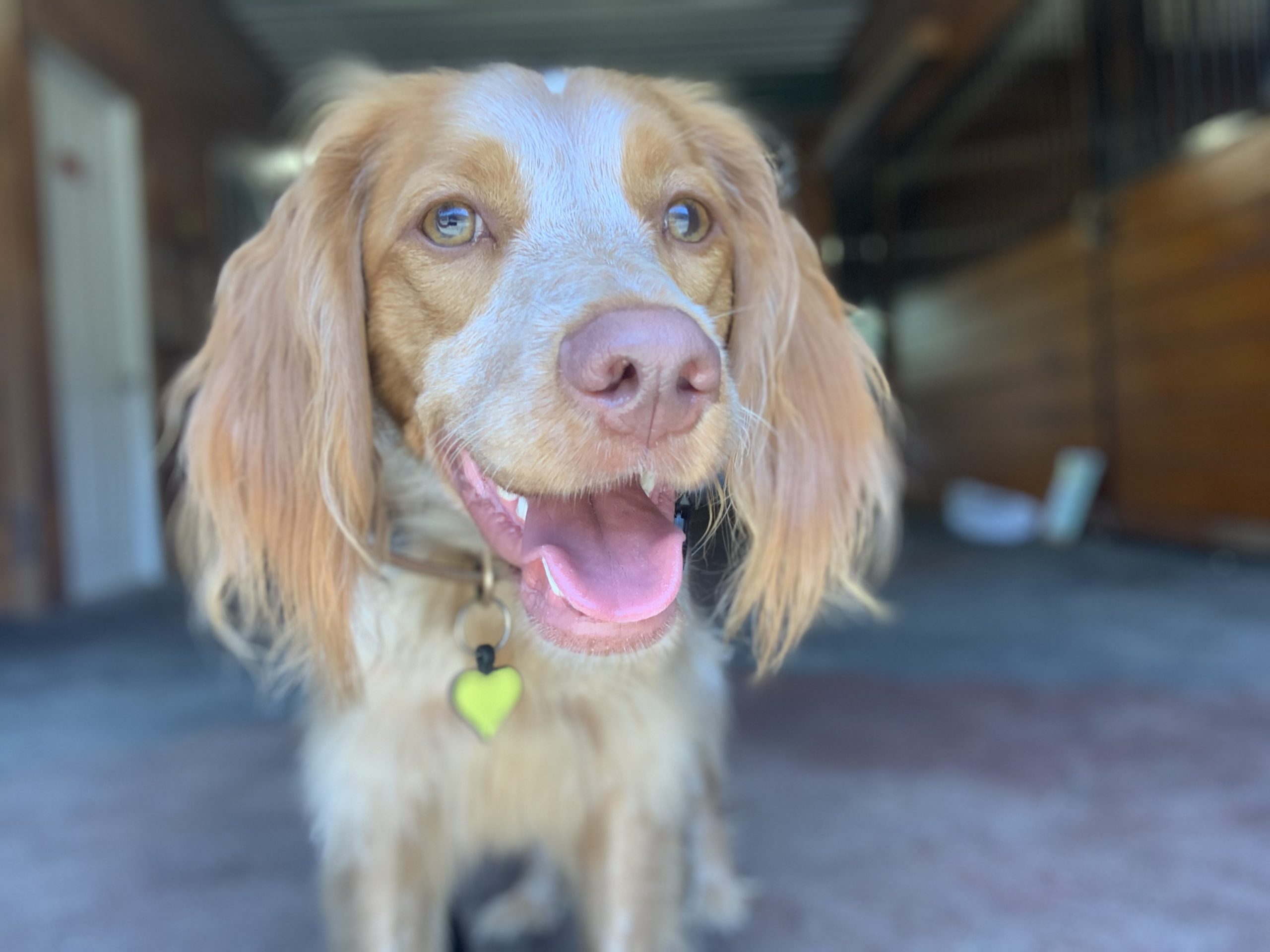by Jessica Lempert, CPDT-KA
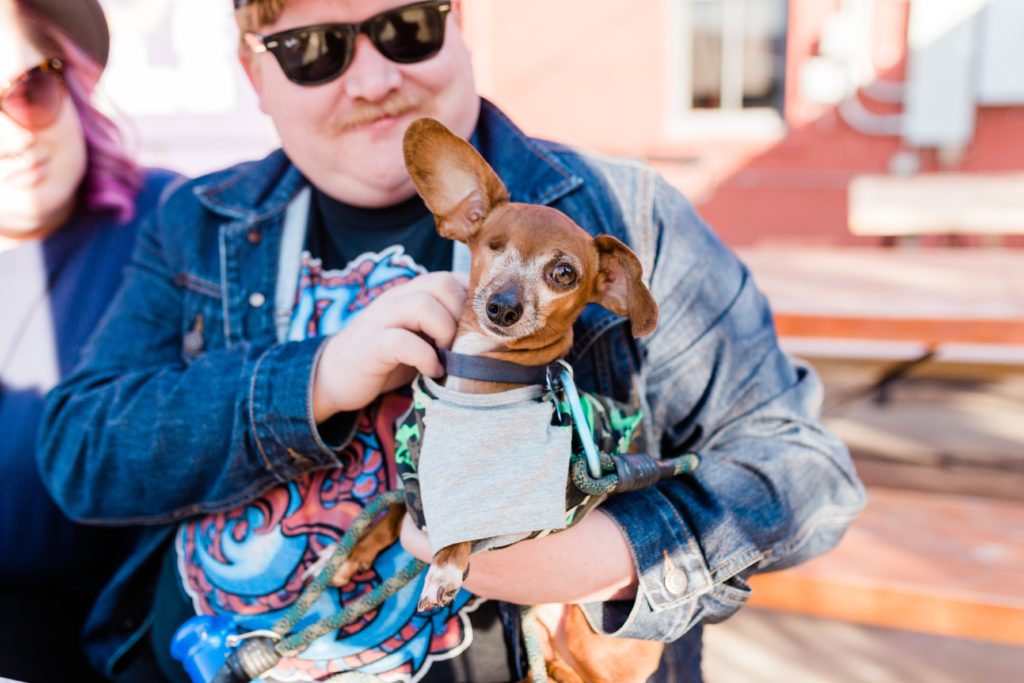
So you’ve decided you want to welcome a new set of paws into your home? Congratulations!
Adopting a new best friend can be so exciting… and sometimes the decision can be made impulsively so let’s reign ourselves back in real quick and make sure we’re totally prepared for this major life change! That super adorable 9 month Australian shepherd mix you saw at the shelter with the glass blue eyes might not be the best fit for your 60 hour work week spent crated in your one bedroom apartment. Finding a cute dog isn’t the hard part – finding a perfect fit for your lifestyle might be BUT it’s also the most important part!
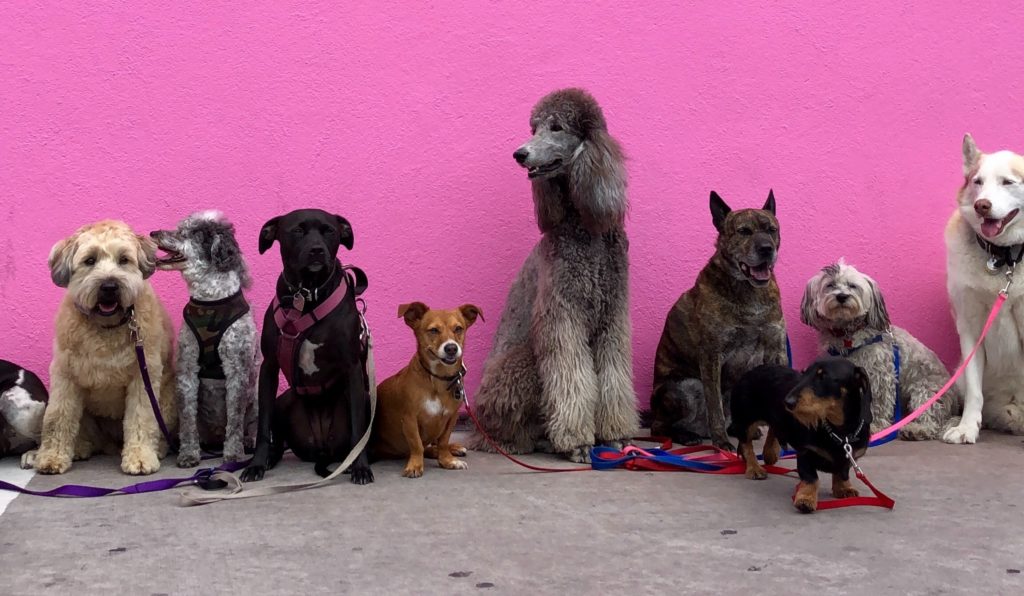
Research Breeds Beforehand
Make sure you do your research about what breeds might mesh best with your lifestyle. Not only does breed play a big role in choosing the right dog for you, but so does age! If you live a very active lifestyle and want a dog that will GO GO GO with you, that 14 year old lab with the bad hips may not be a great fit. We want to make sure you get the best dog for you so you only have to do this one time (until you decide you are about that multiple dog life)!

Talk to Family Members and/or Roommates
Now is also the time to have a household discussion about bringing a dog home. We want to make sure everyone is on board because dogs are a huge responsibility! Call a family meeting and make sure everyone is on the same page about bringing a new dog home.
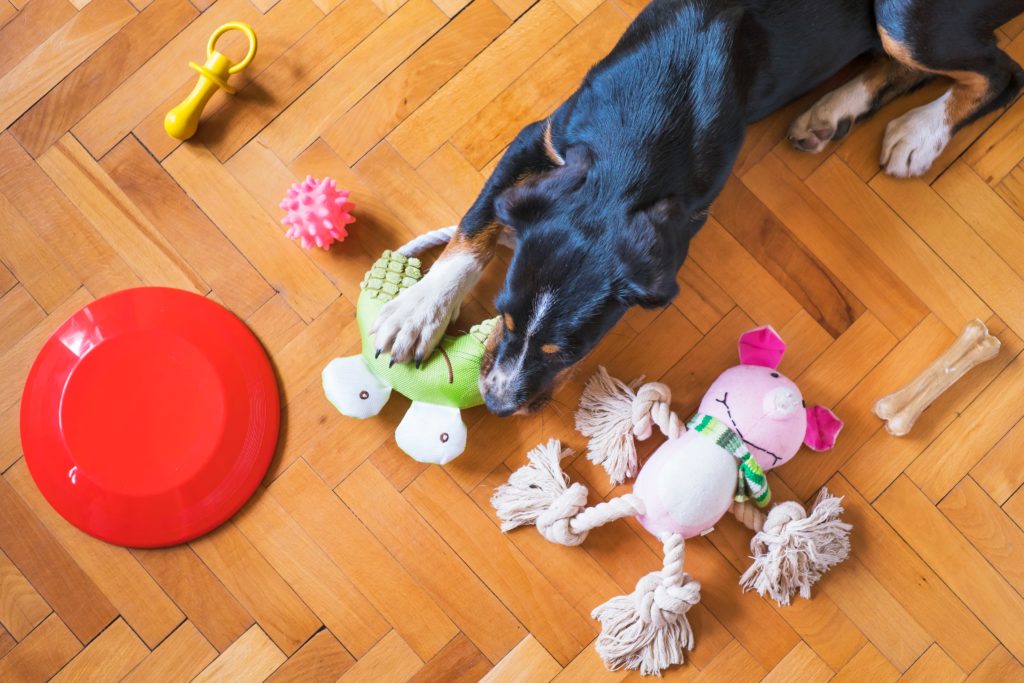
Get Prepared!
Before you bring your canine companion home, we want to have some starter supplies ready for them. You want to make sure you have the essentials: Feeding bowls, leash and collar, and toys!
Make sure you find out what your dog is eating in the shelter and start with that brand of food. You can begin transitioning them slowly to a new food but their stomach may be sensitive to the change so an instant switch may backfire.
For the leash and collar, a flat collar and 6 foot leash is a standard staring point. Make sure the collar is the right size for your dog: (only two fingers should fit snuggly under the collar. Too big could mean a dog on the loose and too tight could cause trouble breathing.
Toys are the obvious fun part but we want to make sure you give your dog a variety of toys until you figure out what their favorites will be! I like a combination of stuffed toys, squeaker toys, tuggers, balls, hard chew toys, soft chew toys and crinkly sounding toys. Every dog has a different preference so we want lots of options to keep our new friend busy and out of trouble.
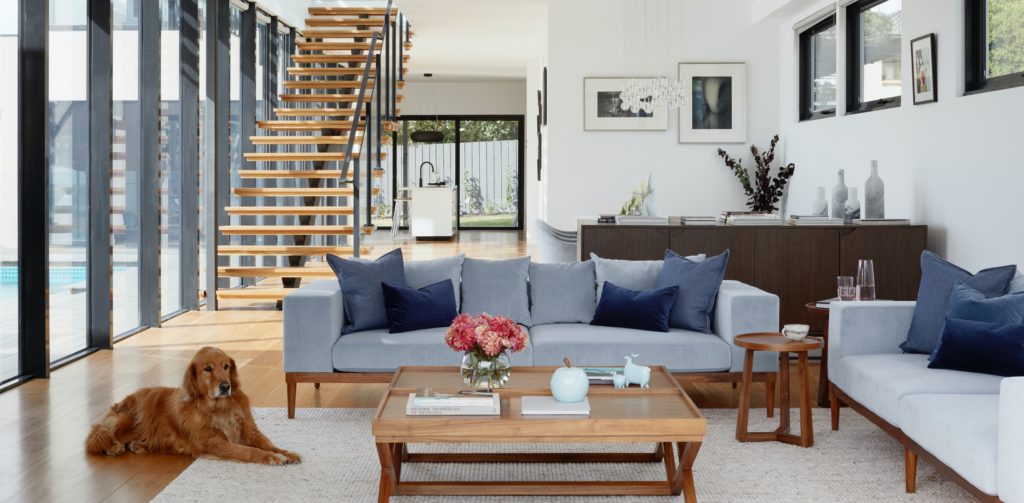
Double Check From A Dog’s Perspective
Now that we have the supplies, we want to make sure your home is ready for a dog! If you have a fenced in yard, double check the locks are sturdy and there are no holes in it for the dog to get out of. Inside, we want to make sure we also set our new dog up for success. Give each room where the dog will have access to a scan. If there are things in there that you absolutely do not want damaged, remove them for the time being. We want to make sure the space is safe and we are able to preemptively prepare the home.
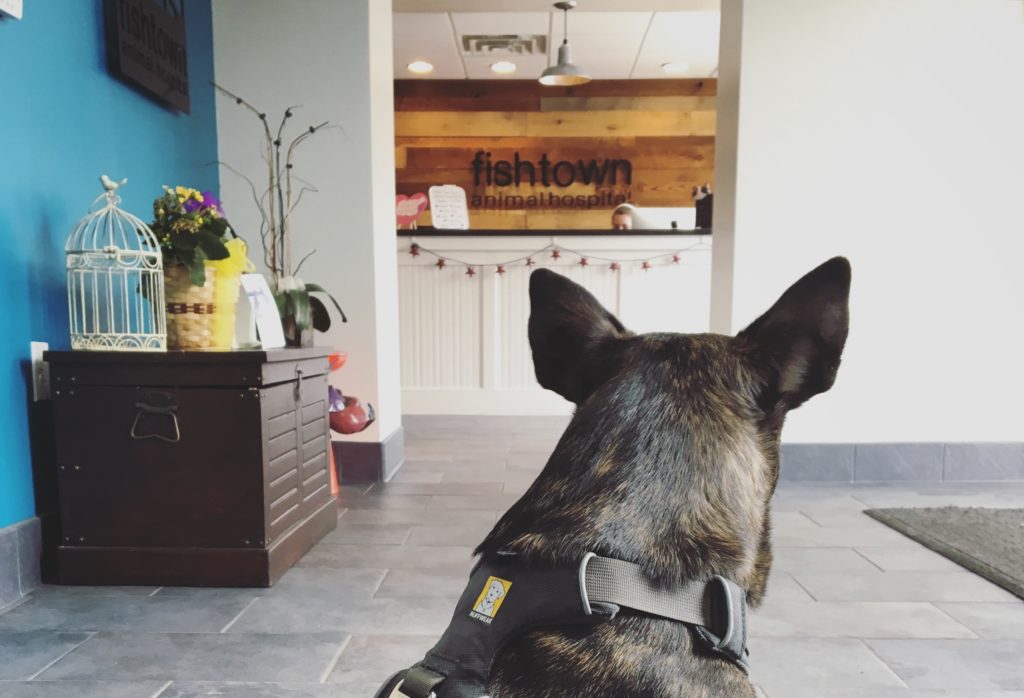
Set Up Veterinary Care
Once you have found the pup of your dreams, it is time to schedule your first vet appointment. Whether you are bringing a puppy or adult dog home, it is important to have them scheduled to see a vet for a thorough examination. Shelter dogs usually have an untraceable backstory so a full physical exam and blood panel will help fill in some of the gaps.
Delegating Responsibilities and Setting Expectations
Let’s circle back to the family now! We all agreed that everyone was on board to bring this rescue pup home. Now, we need to establish everyone’s role in taking care of this dog. If you have children, discuss with each child what their responsibilities are going to be. How active is everyone going to be in working with the dog? Maybe dad works a 12 hour day and says he isn’t able to walk the dog because he will be tired, is someone else picking up this responsibility? These are important conversations that I think more families need to have before bringing the dog home. If one person is doing all the work, they can hold a lot of resentment towards the other family members and that is a path we want to try to avoid going down. Having established responsibilities will keep everyone on the same page and most importantly, each member will have an opportunity to build a relationship with the dog.

Set Your Family & Your Dog Up For Success With Training
The final step in preparing to bring your new dog home is to reach out to a certified professional dog trainer to set up lessons with! Training is a great way to see what your dog already knows and what they need to work on. Training isn’t just great for teaching your dog obedience, it is a wonderful way to create a respectful relationship with your dog. It teaches boundaries and how to clearly communicate with each other. If you have multiple family members in your home, I highly encourage having all members participate in the training sessions. This way, your dog responds just as well to you as he does your child. I encourage private lessons to get your dog comfortable with the cues in your home but if they are picking it up quickly and ready for a challenge, group classes are also great physical and mental exercise for your dog. Group classes are a great challenge because there is the added distraction of working around new dogs. Who knows, they even make a new friend to have play dates with!
Bringing home a rescue dog is incredibly noble. It takes a special person to open their home to an animal in need. It can also be an intimidating process if you have never done it before. My hope is that this checklist helps you stay organized and better prepares you for the wonderful chaos that comes with welcoming a new dog into your home. And, as always, please reach out to us at info@phillyunleashed.com if you’d like to discuss training options for your new family member!

